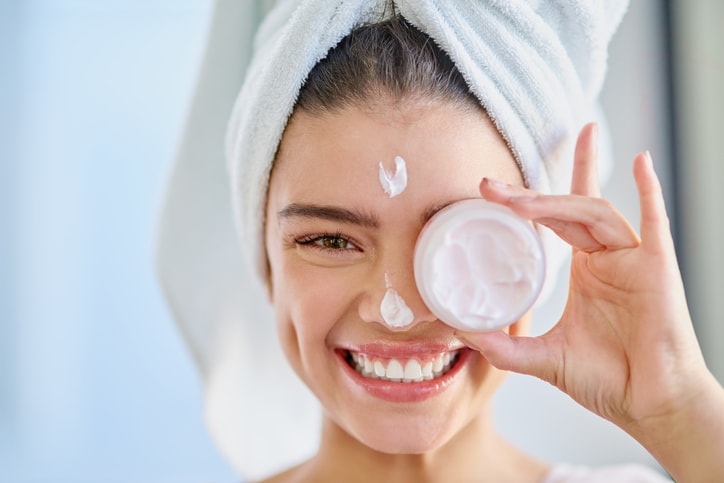What is Hydrocolloid Patch? Understanding its Role in Skincare
For beauticians and skincare enthusiasts, the term hydrocolloid patch might not be entirely new. Yet, as it continues to gain traction in the skincare community, it's essential to delve deeper into its functionalities and benefits. So, what is a hydrocolloid patch, and why should it be a staple in your skincare regimen? This article aims to unravel the mystery surrounding this innovative skincare solution.

The Science Behind Hydrocolloid Patches
Hydrocolloid patches are adhesive dressings designed to absorb excess fluid from wounds, promoting faster healing. Originating in the medical field, they were initially used for treating open wounds and ulcers. The same technology has been adapted to skincare, targeting blemishes and acne by absorbing pus and oil while providing a protective barrier. This allows the skin to heal without external interference, significantly reducing the risk of scarring.
How Do Hydrocolloid Patches Work?
The magic of hydrocolloid patches lies in their composition. Made from gel-forming agents like pectin or gelatin, these patches are waterproof and create a moist environment around the pimple. This environment is crucial as it softens the surrounding skin, making it easier for the patch to extract impurities. Furthermore, the moist setting aids in the regeneration of new skin cells, accelerating the healing process.
Benefits of Using Hydrocolloid Patches
For beauticians, understanding the benefits of hydrocolloid patches can enhance their service offerings. Here are some compelling advantages:
- Non-Invasive: Unlike other acne treatments, hydrocolloid patches are non-invasive, making them ideal for clients with sensitive skin.
- Protection: They act as a barrier against bacteria and pollution, preventing further irritation.
- Quick Results: Many users report visible improvement overnight, making them perfect for those seeking rapid results.
- Reduces Scarring: By fostering a controlled healing environment, these patches significantly reduce the chances of post-acne scarring.
For more on how to integrate such products into a skincare regimen, explore this guide.
Real-Life Applications in Beauty Treatments
Many beauticians have incorporated hydrocolloid patches into their routine treatments. Whether it's an after-facial application to minimize post-extraction redness or as a standalone acne treatment, their versatility is unmatched. By offering clients a solution that works while they sleep, beauticians can enhance client satisfaction and loyalty.
For additional insights on fixing uneven skin tone, which can complement the use of these patches, check out this resource.
Are There Any Drawbacks?
While hydrocolloid patches are generally safe, there are a few considerations to keep in mind. They are most effective on open or active blemishes and may not work on cystic acne. Users with allergies to adhesives should perform a patch test before use.
Choosing the Right Hydrocolloid Patch
Not all patches are created equal. When selecting a hydrocolloid patch, consider the size of the blemish and the ingredients. Some patches come infused with additional skincare ingredients like tea tree oil or salicylic acid for enhanced benefits. Ensure the products are from reputable brands to guarantee safety and efficacy.
For a comprehensive list of skincare ingredients to avoid when using hydrocolloid patches, explore this article.
Conclusion: Embracing the Future of Skincare
In conclusion, hydrocolloid patches represent a significant advancement in skincare technology. For beauticians, they offer a reliable, non-invasive solution for clients seeking quick and effective acne treatment. As the beauty industry continues to evolve, staying informed about such innovations is crucial for maintaining a competitive edge.
To further enhance your knowledge and offer cutting-edge skincare advice, consider reading about the benefits of manuka honey for skin.

FAQ
- What are hydrocolloid patches made of? Hydrocolloid patches are made from gel-forming agents such as pectin, gelatin, and carboxymethylcellulose, creating a moist healing environment.
- How long should I leave a hydrocolloid patch on my skin? It is recommended to leave the patch on for 6 to 8 hours or overnight for optimal results.
- Can I use hydrocolloid patches with other skincare products? Yes, they can be used in conjunction with other skincare products, but its best to apply them on dry skin before other products.
This article contains affiliate links. We may earn a commission at no extra cost to you.

